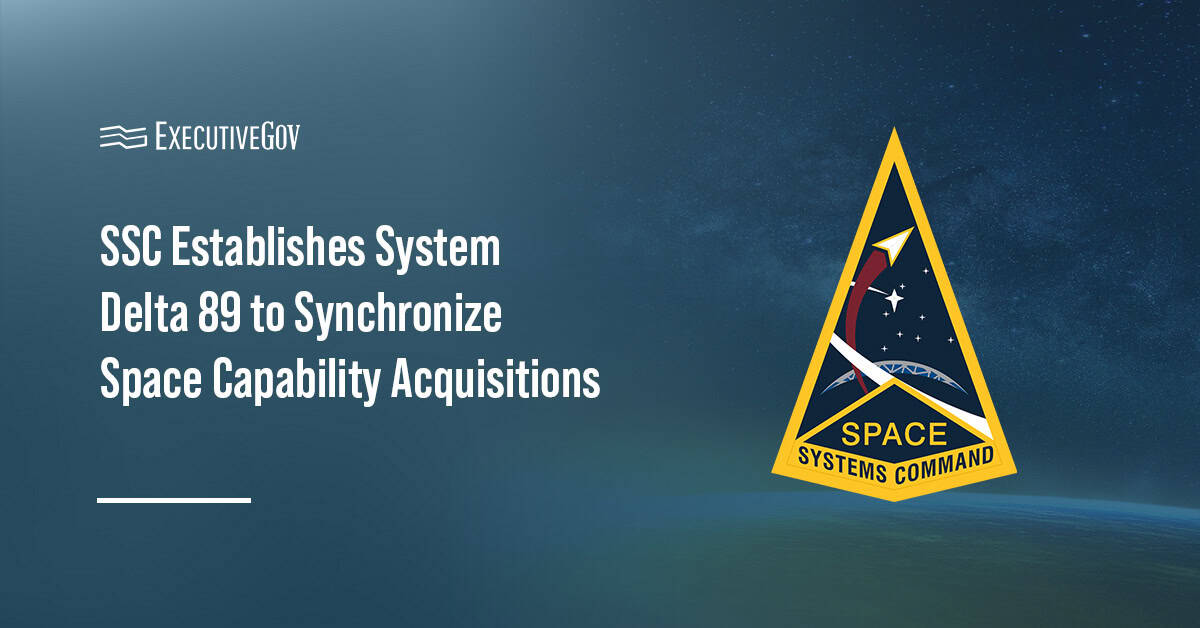The Missile Defense Agency is seeking information from potential industry sources capable of providing ground sensor modeling and simulation services in support of the development and testing of radar systems.
In a request for information posted Thursday, the MDA Ground Sensors Directorate said it requires systems engineering, maintenance, verification and validation of real-time and non-real-time digital end-to-end radar models and real-time hardware-in-the-loop radar drivers.
MDA’s modeling and simulation efforts require the development of early radar representations and drivers that accurately simulate and stimulate tactical radars and maintain the fidelity of complex radar scenes.
The MDA Ground Sensors Directorate is headquartered in Redstone Arsenal, Alabama, and oversees the development, testing and sustainment of missile threat sensors.
Responses to the RFI are due Oct. 24.





